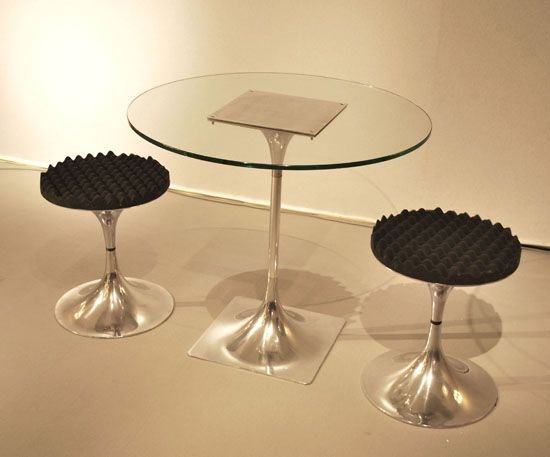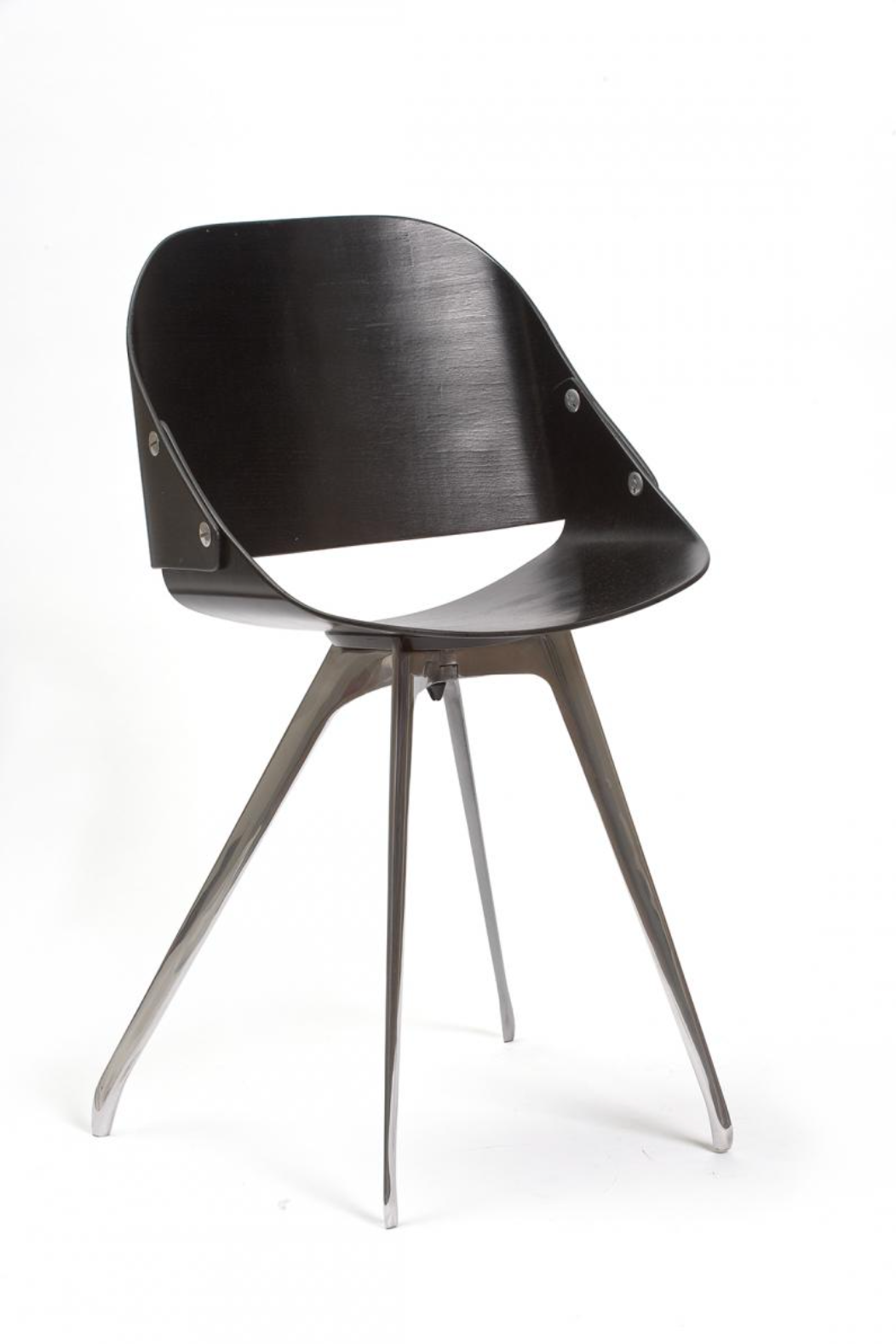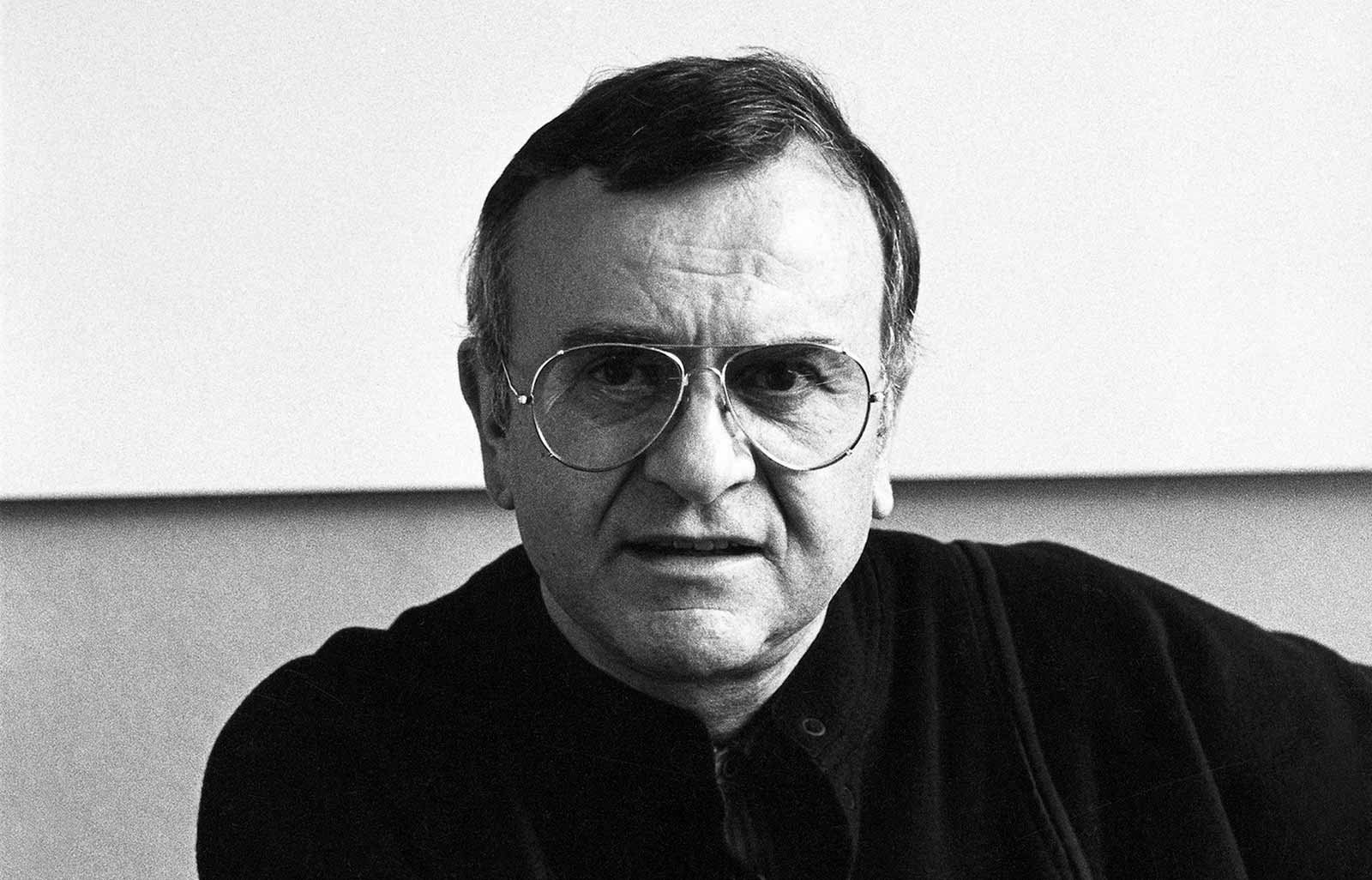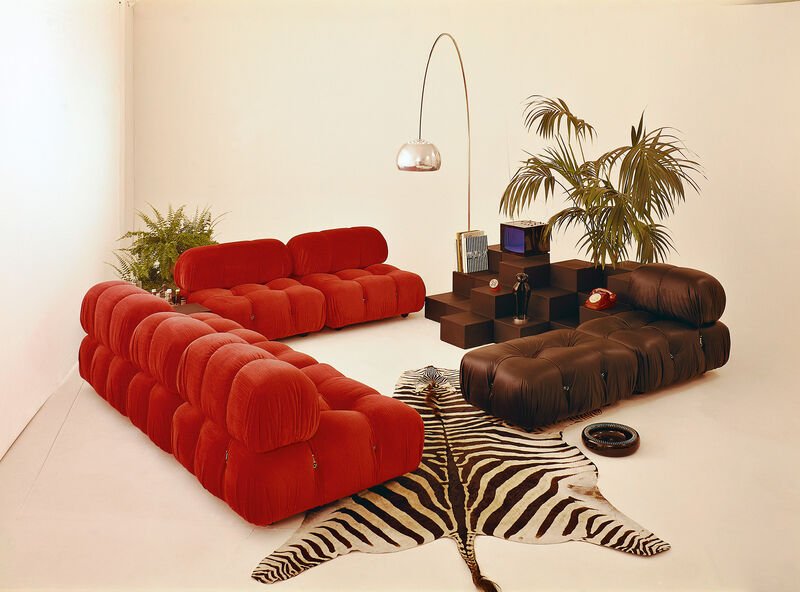Roger Tallon
“Beauty is the simple result of a well-made work. A form doesn't need to be beautiful, but good, good because it is logical, practical and does its job.” - Roger Tallon
Born: March 9, 1929, Paris, France
Died: October 20, 2011, Paris, France
NATIONALITY: FRENCH
ABOUT ROGER TALLON
French industrial designer, Roger Tallon was born in Paris in 1929.
He trained as an engineer from 1944 to 1950 but After graduation he instead focused on a career in design. He worked as a design consultant for many companies; both domestic and international.
In 1951, Tallon joins Studio Avas but leaves only two years later. His next embarkment is working for Technès, founded by Jacques Víenot (1893-1959) and Jean Parthenay (1919-2007). His knowledge and expertise landed him a rather quick promotion to Technical & Artistic Director after Viénot’s passing in 1959.
While he worked for Technès, he also provided design consultancy for a number of international companies such as Kodak, General Electric and General Motors to name a few.
Tallon’s philosophy was centered around design being rooted in rational problem solving rather than artistic expression.
One of the major reasons why Tallon is such a revolutionary is for his role in proppogating design across France. Mainly for his role in establishing the first French design course at Paris’s École des Arts Appliqués of Applied Arts.
His push to strengthen the general publics understanding of design didn’t stop here. He then establishes the Department of Design with Jacques Dumon at the École Nationale Supérieure des Arts Décoratifs in Paris during 1963.
In 1960 Tallon releases the ‘Wimpy’ Chair (below)
In 1963, the Télévia P111 Portable TV is released
In between this time, Tallon was expressing himself in a more ‘artsy’ manner rather than the more technical approach he had followed previously. He designed the interior of the Garage nightclub for filmmaker Raoul Levy in 1964. This project resulted in Tallon’s famous Module 400 Series.
the ‘Helicoid’ Staircase (m400 Series), 1964
m400 series continued, 1964-1965





Roger Tallon / Technès, Orly Club Chair, 1966
courtesy of Demisch Danant
César & Roger Tallon, Charles de Gaulle Portrait Seat, 1967
courtesy of demisch danant
in 1967, Tallon began collaborating with the French National Railway Service, initially working on a project that would modernize the train fleet. This project would lead him to work on France’s bullet train among various other transportation projects he would work on up into the early 90s.
Tallon releases the Mobilier National Cryptogramme Seats & Stools in 1969.
The Zombie Chair, 1969
In 1972, Roger Tallon releases various table and floor lamps source
Prototype Solar Oil Necklace Bottle for Bergasol, 1975
Roger Tallon, Medius Chair & armchair, 1979
What separates Tallon from many other designers is how widespread his work is. Never did he stick to one industry. His talent was widely recognized landing him prolific projects spanning across industries. From motorbikes to trains, cameras to watches, chairs to staircases, you name it, Tallon probably did or thought about re-designing it.
His legendary output and understanding of design put him in line for a number of awards, including a Milan Triennale Gold Medal (1954). Tallon received the national Grand Prix for industrial design in 1985 as well as the Insignia of the Commandeur des Arts et des Lettres from the president of the SNCF in 1992.
In 2008, he generously donated all of his files,records, drawings, technical plans, photographs, and patent applications—to the Les Arts Décoratifs in Paris, which mounted a major Tallon retrospective in 2016.
Roger Tallon passed away in 2011.
Despite his large successes, there is still very little known about the designer outside of France. If you have more information about Roger Tallon and would like to share, please contact us.
WE HAVE NOT INCLUDED EVERY WORK OF ROGER TALLON’S, AS THERE ARE SO MANY SPANNING ACROSS VARIOUS INDUSTRIES. WE URGE OUR READERS TO DO THEIR OWN INDEPENDENT RESEARCH INTO ALL OF HIS DESIGNS.
DISCLAIMER: THE MILLIE VINTAGE DOES NOT OWN ANY RIGHTS TO THESE PHOTOS. PLEASE NOTE THAT ALL IMAGES AND COPYRIGHT BELONGS TO THE ORIGINAL OWNERS. NO COPYRIGHT INFRINGEMENT INTENDED.




















































































It’s no surprise that celebrities have the ability to acquire some of the most rare and incredible pieces of design. We are thrilled to see faces we look up to, enjoying vintage design as much as we do.